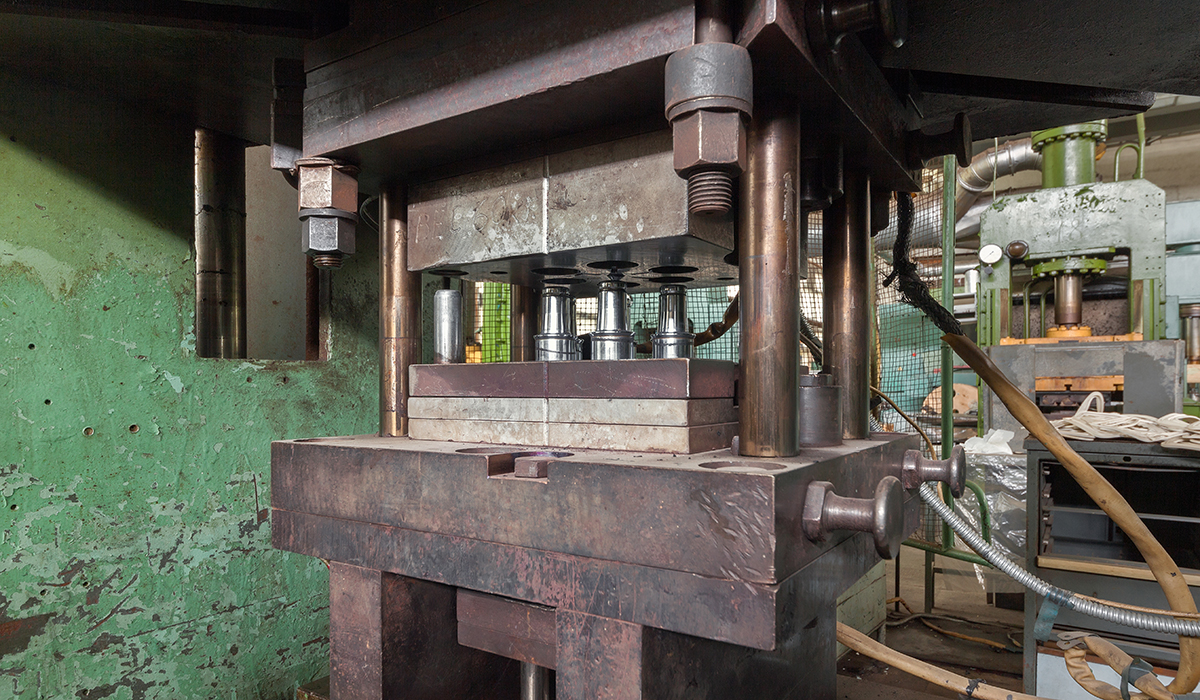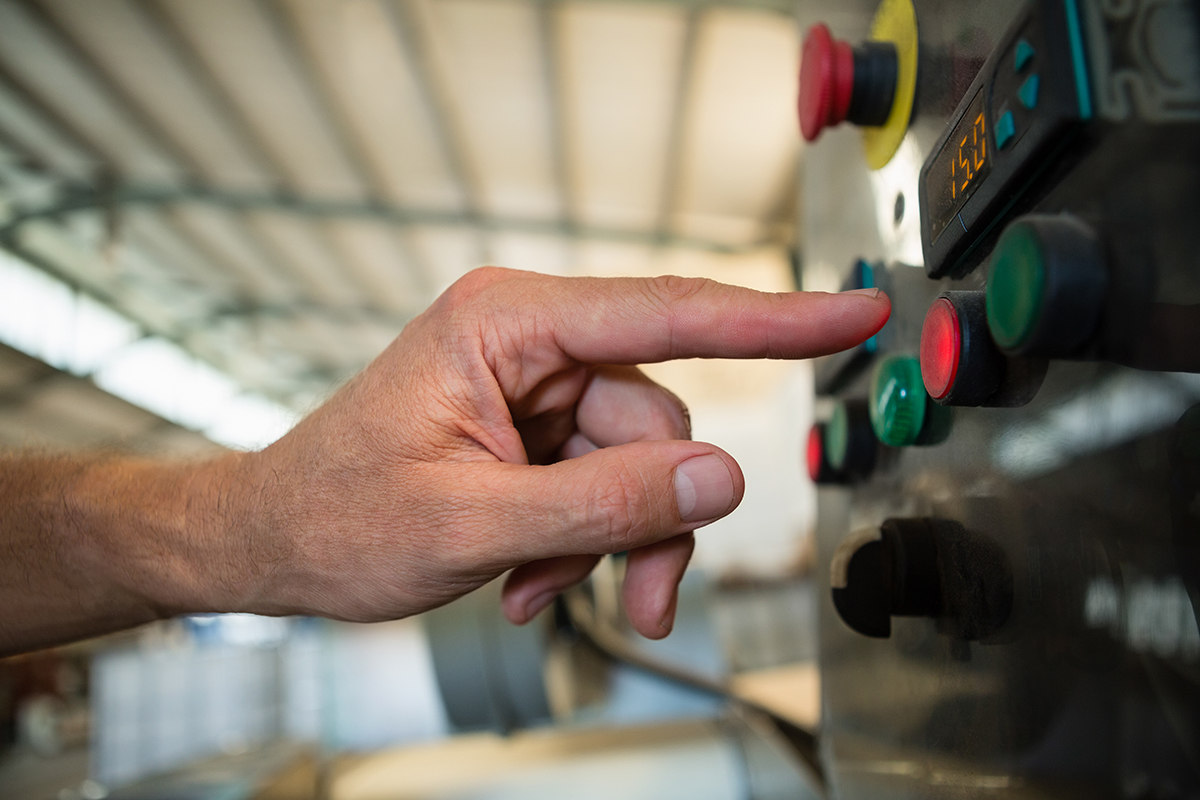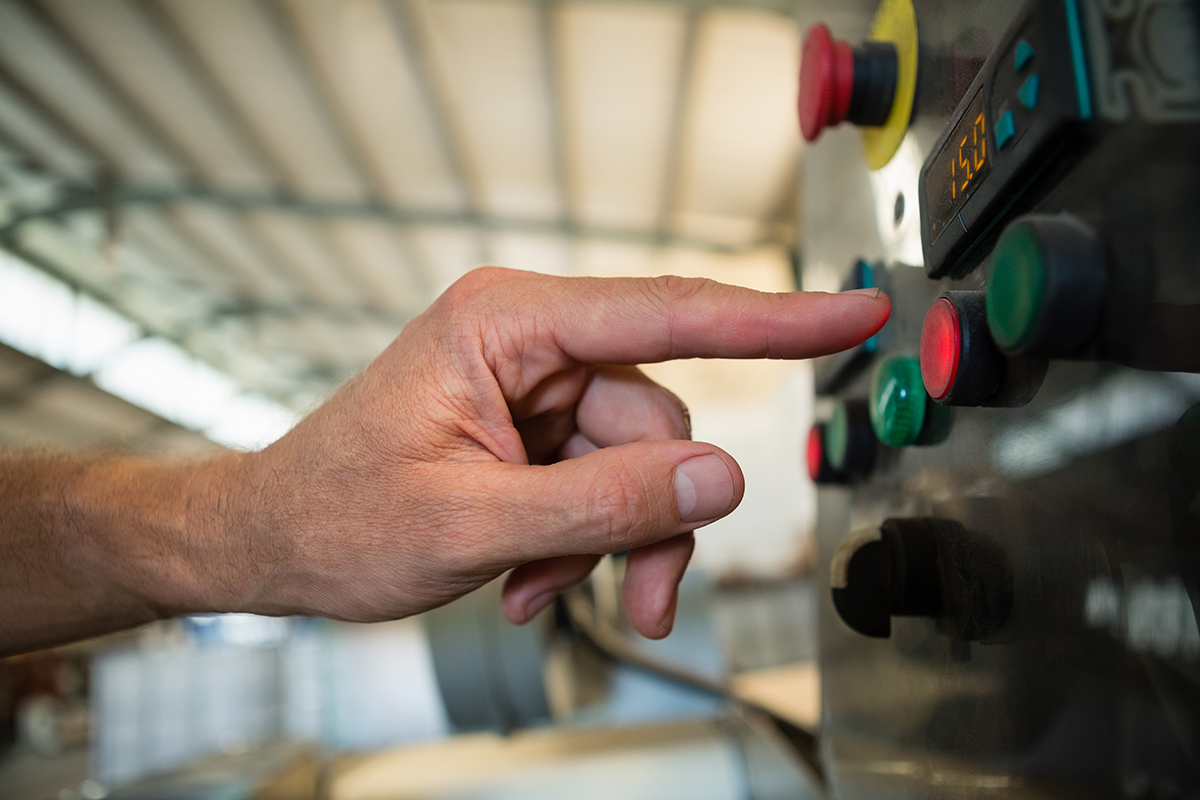There are several types of Abkant press, which are distinguished by the way in which the ram of the press is controlled and the type of bending that they are able to perform. Some common types of Abkant press include:
Mechanical Abkant press: This type of Abkant press uses a mechanical system, such as a lever or a crank, to control the movement of the ram. Mechanical Abkant presses are typically used for simple bending operations and are known for their durability and low maintenance requirements.
Hydraulic Abkant press: This type of Abkant press uses a hydraulic system to control the movement of the ram. Hydraulic Abkant presses are able to apply a greater amount of force to the ram, allowing for more complex and detailed bending operations. They are also more versatile than mechanical Abkant presses, as the amount of force and the angle of the bend can be easily adjusted using the hydraulic system.
Synchronized Abkant press: This type of Abkant press uses a hydraulic or mechanical system to control the movement of the ram, and also includes a second ram that is synchronized with the first to ensure that the material is bent evenly and uniformly. Synchronized Abkant presses are commonly used for bending operations that require a high degree of accuracy and precision.
CNC Abkant press: This type of Abkant press uses a computer numerical control (CNC) system to control the movement of the ram and the bending operation. CNC Abkant presses are highly accurate and precise, and are able to perform complex and detailed bending operations with a high degree of repeatability. They are commonly used in industries such as manufacturing, automotive, aerospace, and electronics, where the production of high-quality bent parts and components is required.


